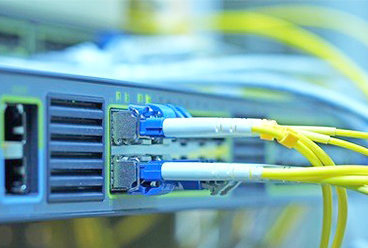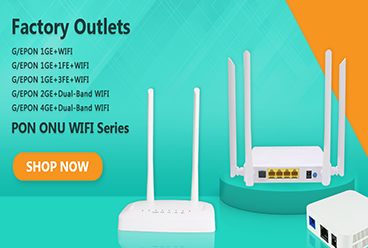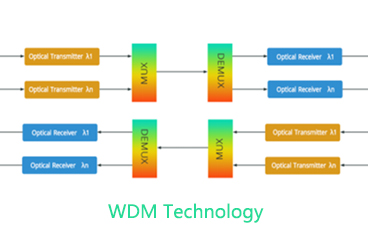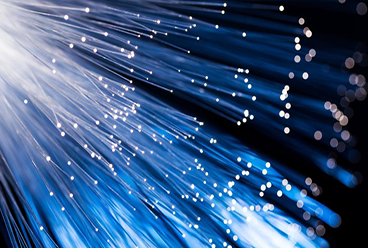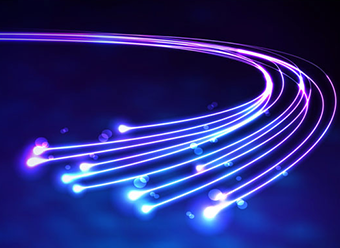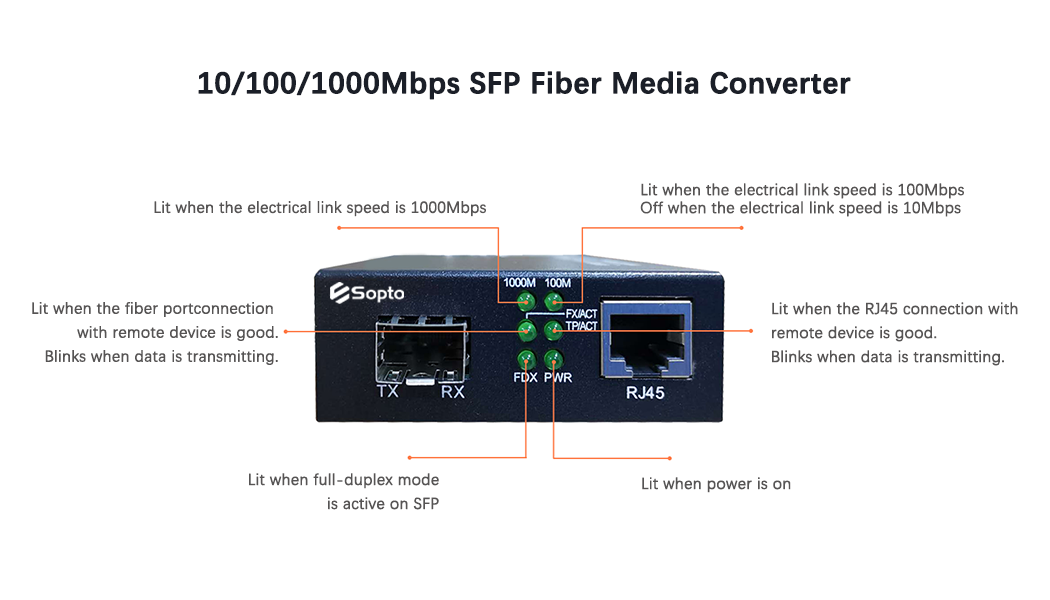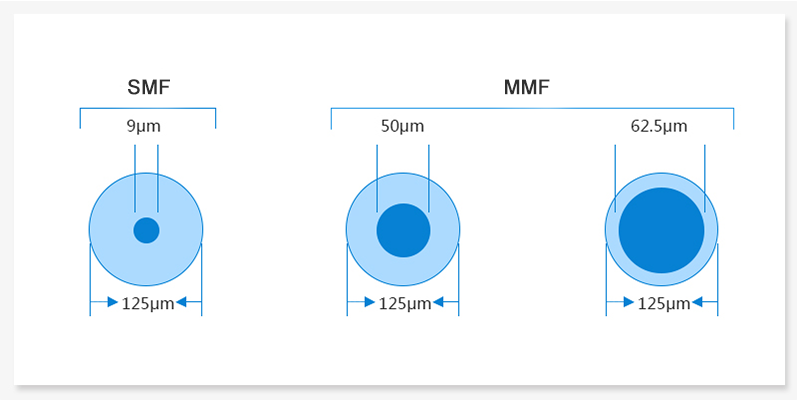Fiber optical patch cord usually refers to the optical fiber with connection ports at both ends, which is mainly used between equipment and equipment to play the role of line connection. The primary consideration when choosing an optical fiber patch cord is how to choose the appropriate fiber patch cord interface. There are dozens of patch cord interface types, but currently the most widely used are SC, LC, ST, FC, MPO/MTP, etc. Different interface types have different application methods and characteristics. When purchasing fiber patch cord, choose the appropriate one according to the characteristics of different interfaces. (When selecting thefiber patch cord type, please note that the interface of the fiber patch cord must be consistent with the signal interfaces of the devices at both ends. For example, if two devices, the interface of device A is SC and the interface of device B is LC, then the two devices must be connected. It is necessary to choose the fiber patch cord of SC/LC interface)
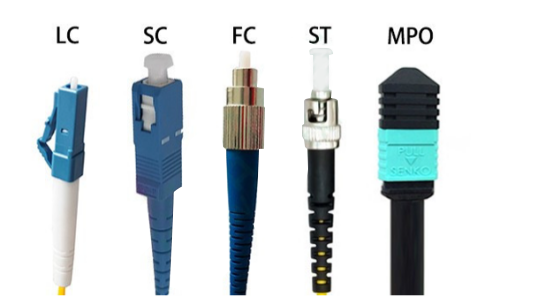
LC interface, square, also called small square mouth, fixed by jack latch, connected to SFP optical fiber module, pin size is 1.25mm, half of SC, FC, small size, so it is widely used when installing intensive equipment . The interface of LC optical fiber optical path cord is generally used on 1.6mm/2.0mm and 3.0mm optical cables.
SC interface, square, also called generous square mouth, adopts plug-in type, can meet 1000 plug-in operations, often used as a connector for connecting GBIC optical fiber modules, does not need to be rotated, installation is fast and convenient, but easy to fall out, unstable, and use It is made of engineering plastic material and has the characteristics of high temperature resistance and oxidation resistance. It is most used on routers and switches, and is often suitable for general networks.
FC interface, round with thread, fastened with turnbuckles. The connection method is cumbersome and requires a long time, but it has a long life and is dustproof. It is mostly used on the ODF side distribution frame
ST interface, Metal circular bayonet structure, a bayonet is fixed after the plug is inserted half a circle, it is often used in multi-mode network (such as building or campus network) equipment. (For 10Base-F connection, the connector is usually ST type. Often used in optical fiber distribution frames)
MPO/MTP interface, It is a push-pull interface, easy to use, MTP is an upgraded version of MPO and a multi-core connector. This kind of interface is mainly used to connect high-speed transmission, such as optical fiber splitter, 40G, 100G, QSFP+ and other optical transceiver equipment internal connection applications, which can realize high-density connections between network devices.
The ferrule end face of the fiber optical patch cord is usually ground into different structures, divided into three types: PC, APC, and UPC, in order to enhance effective contact and reduce loss. APC connectors are usually green, and UPC/PC connectors are blue.
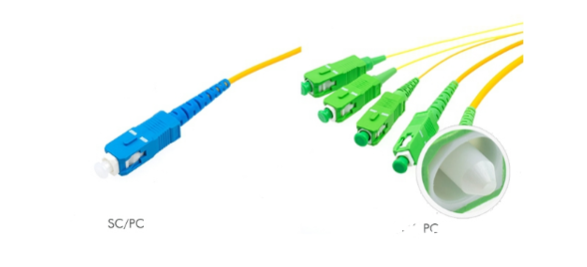
PC (Physical Contact), physical contact. PC is micro-spherical grinding and polishing, the end surface is flat, so that the contact can reduce the insertion and connection gap. Is the most common interface grinding method.
UPC (Ultra Physical Contact), super physical end face. The technological improvement made on the basis of PC differs from PC in that the end face polishing and surface finish of UPC are better.
APC (Angled Physical Contact), the inclined surface is in physical contact. The contact end surface is ground into an inclined surface of 8°, which can effectively reduce the reflection of light and thus reduce the loss. APC has the lowest return loss among the three grinding methods.
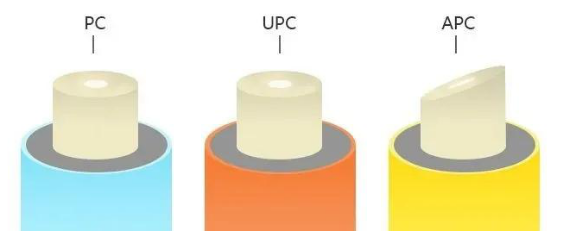
Different grinding methods are also the reason for the different degrees of return loss and insertion loss. Insertion Loss (Insertion Loss) refers to the signal loss generated by the connector or cable. Return loss (Return Loss), also known as reflection loss, is a parameter that indicates signal reflection performance. The loss unit is generally expressed in dB. The insertion loss is a positive value. The smaller the value, the better. The return loss is a negative value. The larger the value, the better. APC connector has higher insertion loss and lower return loss than UPC/PC connector. Arranged in descending order of return loss: APC<UPC<PC. Dust particles on the connection end of the interface can also cause insertion loss.
In principle, the connector connection requires the same end surface structure, and different end surface structure connections will cause the performance of the connector to decrease. However, because the fiber end faces of PC and UPC are both flat, they are mainly different in the quality of polishing. Therefore, the mixed connection of the two will not cause permanent physical damage to the connector.
Shenzhen Sopto Technology Co., Ltd. (http://www.sopto.com.cn/) provides you with fiber optic cable customization services, with various types of fiber optical patch cords, such as LC, SC, ST, FC, MTP and other fiber optical patch cord interfaces , Adapters, pigtails, patch panels, splitters, unit boxes, etc., to meet your various needs. All fiber optic patch cord products use high-quality materials and unique manufacturing techniques, and have passed various standard tests to ensure product quality.
Tags : LC , SC,FC,ST,MPO/MTP,fiber patch cord,FTTx
— END —




